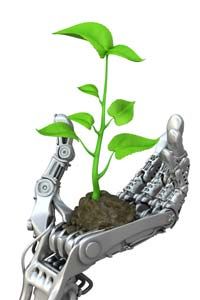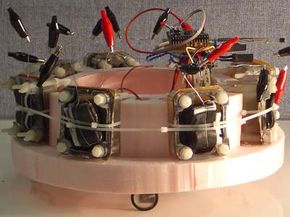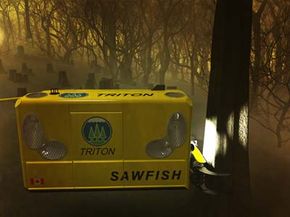Key Takeaways
- SlugBot is a robot designed to catch garden slugs and turn them into biogas.
- Sewage Pigs are solar-powered robots in Germany that turn and dry sewage sludge.
- The Sawfish Underwater Lumberjack is a remote-controlled submarine that harvests submerged trees from man-made lakes.
Face it, you probably don't think of robots as being particularly environmentally friendly. After all, what are they but mechanical imitations of organic life? In our homes, they depend on socket-charged batteries to vacuum our floors. In fiction, they manage to pollute the atmosphere with their fiery burps, to crush cities and, occasionally, to attempt to kill off the human race.
Of course, there are always Earth-loving, silver screen robots like Pixar's "Wall-E" or the drones from 1972's "Silent Running" to consider as well, but what about in real life? You might be surprised to learn that developers have dreamed up a number of robots with green designs and green directives. Let's meet a few of them, shall we?
Advertisement



